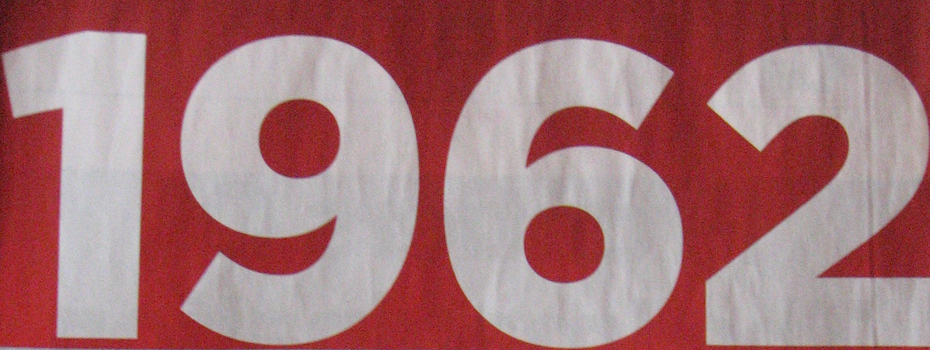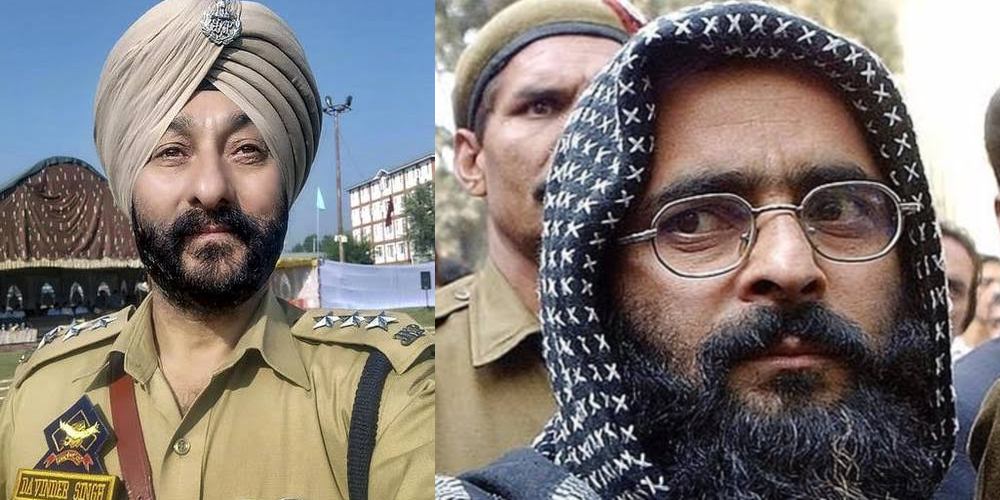The postmortem reports of the two suspected Indian Mujahideen men killed in the Batla House encounter in September 2008 have again raised questions over the authenticity of the alleged encounter. The Special Cell of the Delhi Police tried everything to prevent the reports from getting public.
On September 19, 2008, two suspected militants, Atif Amin and Mohammed Sajid, were shot dead in a gunbattle with the police in south Delhi’s Jamia Nagar locality in which a Delhi police officer lost his life.
While human rights activists, media, lawyers, and citizens create holes in the police’s encounter theory (based on the details of the postmortem reports), one thing that the encounter highlighted was the lack of coordination among security agencies in the country and intense competition between them to outdo each other and hog the media limelight.
Canary Trap had earlier raised questions over the murky encounter and even suggested that the encounter might have been a fallout of a tussle between the Mumbai Police and the Delhi Police to hog the limelight. According to various media reports, both Mumbai and Delhi police were behind Atif Amin and the latter went ahead with the encounter in a bid to pre-empt the former.
“We felt there was no need to plot the encounter so hurriedly and things could have been different had it been planned properly,” a senior Mumbai cop was quoted as saying by the news report.
In a hurry to get hold of Atif, the Delhi police lost one of its bright officers. The terror suspects were already under surveillance by various security agencies. Then what was the need for the Delhi Police to rush with the encounter?
As highlighted before, lack of coordination among security agencies and the urge to outdo each other has had a negative impact on India’s fight against terrorism. Let me give you an example of something that I saw myself to explain the point I am making.
I had undertaken a month-long trip to Jammu and Kashmir in 2004 as a part of my M.Phil studies. My thesis tested Johan Galtung’s claims that news coverage of conflict gives more prominence to violent news stories and magnify the conflict. The India-Pakistan conflict over Kashmir was chosen as a case study to empirically test Galtung’s claims.
The objective of my visit was to interview journalists (print, radio, tv) from across the state. During one interview session with a journalist from one of the leading English news channel, I got to know how various security agencies in the state were competing with each other to catch and kill the terrorists and earn rewards. The journalist showed me a video footage of an encounter that his cameramen had shot. The footage showed two terrorists behind a wall, in a gunfight with J&K police. The video was shot from an elevated point so the cameraman had a complete view of the encounter.
The video was around 30 minutes long, and at the end of it the state police manage to kill both the militants. After the encounter, the police personnel move towards the slain terrorists at a very slow pace. The reason for this was that they feared the duo could be fidayeen and might be pretending to be dead and blow themselves up once the police personnel come near them. While the police team was moving slowly towards the bodies of terrorists, suddenly another vehicle appeared in the opposite direction. Some people got out of it and quickly ran towards the bodies of the slain terrorists, picked them up and took the bodies away. All this before the eyes of the state police personnel.
On the same day (in the evening), a press conference was held by a central paramilitary forces officer (also covered by the channel), in which he declared proudly that they had killed two dreaded terrorists in the morning. The J&K police team, which actually killed those terrorists, were mute spectators in the press conference and could not do anything.
This was just an example of how multiple security agencies, instead of working in close coordination, are working at cross purposes. Had the Delhi Police attempted to monitor the activities of the suspected Indian Mujahideen terrorists for some more time before taking them into custody (not killing them, which they did), they would have got valuable information on the organization’s terror activities across the country.


2 Comments
Great article.. all the best!